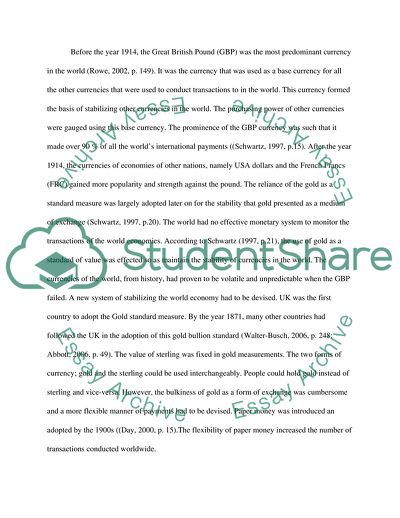Cite this document
(International Finance Essay Example | Topics and Well Written Essays - 2500 words - 2, n.d.)
International Finance Essay Example | Topics and Well Written Essays - 2500 words - 2. https://studentshare.org/finance-accounting/1795796-international-finance
International Finance Essay Example | Topics and Well Written Essays - 2500 words - 2. https://studentshare.org/finance-accounting/1795796-international-finance
(International Finance Essay Example | Topics and Well Written Essays - 2500 Words - 2)
International Finance Essay Example | Topics and Well Written Essays - 2500 Words - 2. https://studentshare.org/finance-accounting/1795796-international-finance.
International Finance Essay Example | Topics and Well Written Essays - 2500 Words - 2. https://studentshare.org/finance-accounting/1795796-international-finance.
“International Finance Essay Example | Topics and Well Written Essays - 2500 Words - 2”. https://studentshare.org/finance-accounting/1795796-international-finance.


